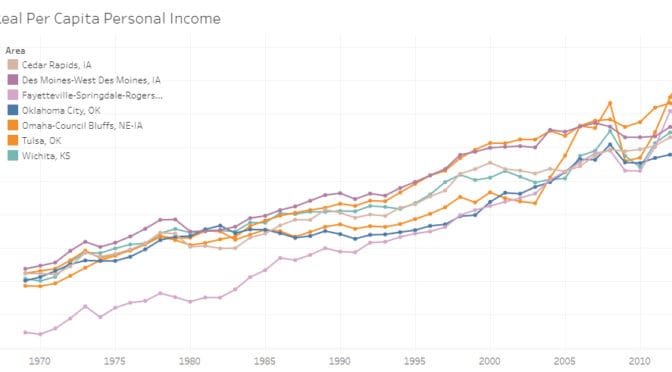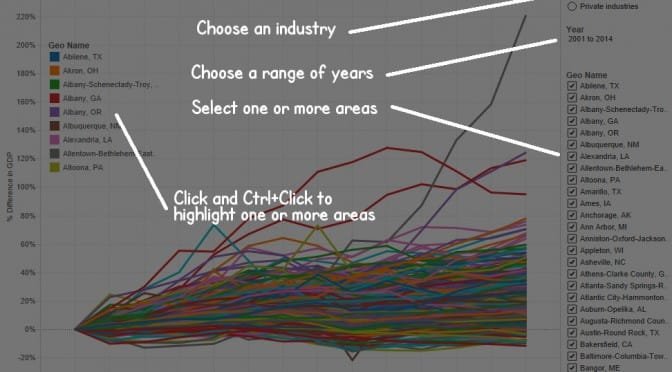Tag: James Chung
-

Wichita and Midwest income
A look at income in Wichita compared to other Midwest cities.
-

Greater Wichita Partnership
Greater Wichita Partnership features untruthful information on its website, which casts doubt on the reliability of the organization and the City of Wichita.
-

Wichita’s growth in gross domestic product
An interactive visualization of gross domestic product for metropolitan areas.